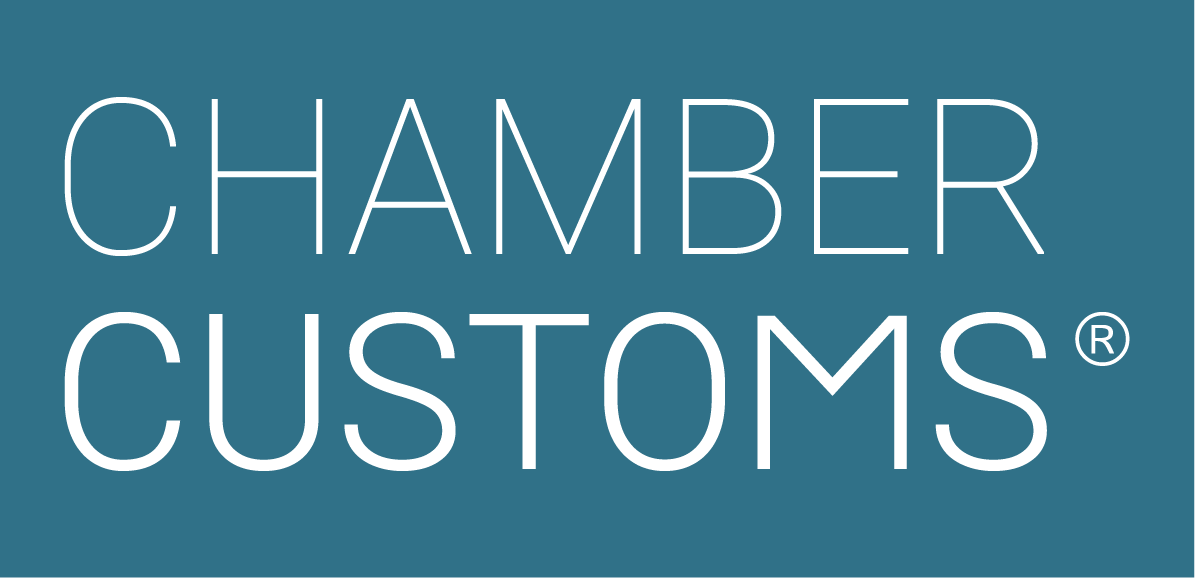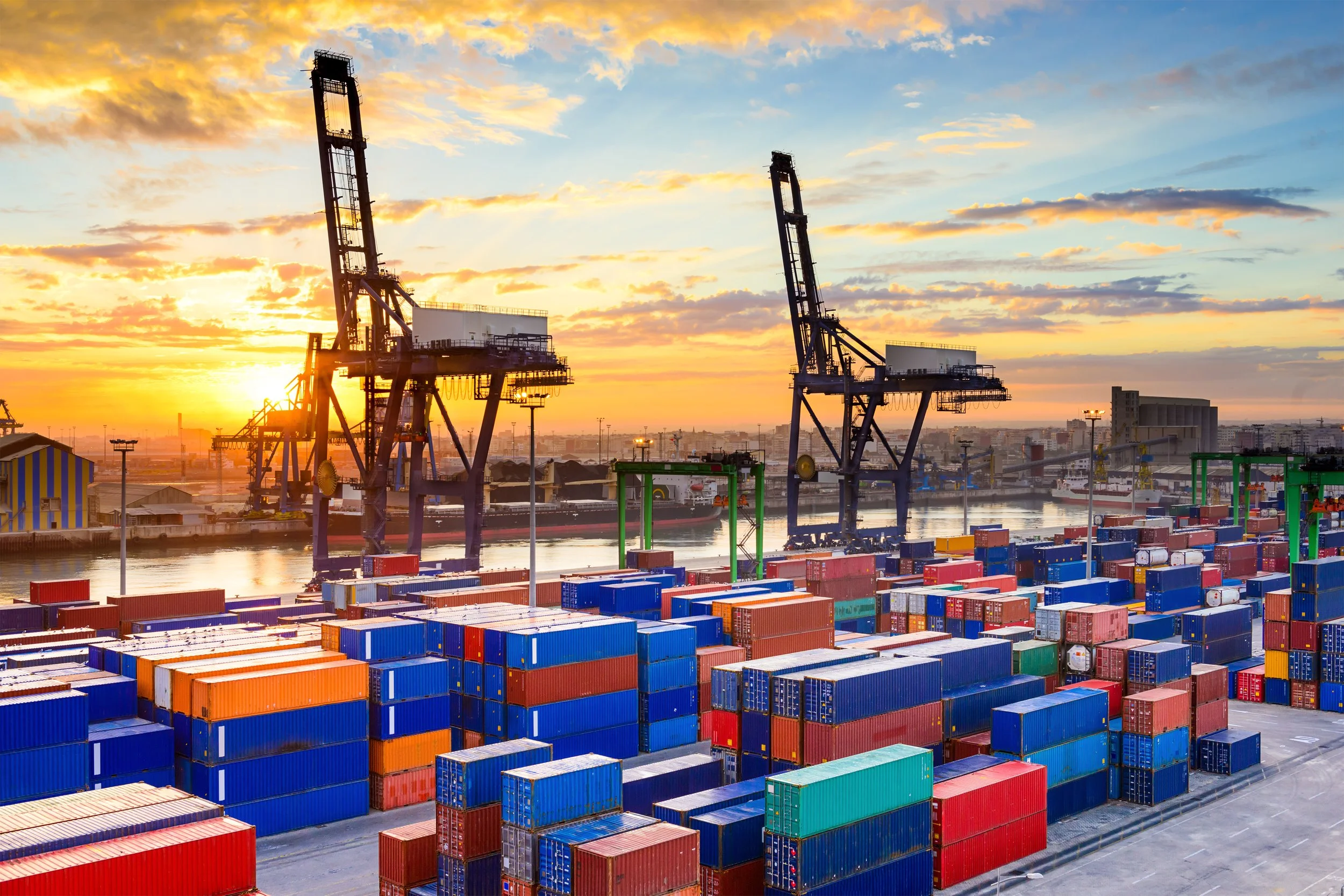VAT and Importing Goods
How is VAT calculated on imported goods?
VAT is a national tax, so anything incurred before the UK border will be considered out of the UK VAT scope.
Once you have figured out the value of duty on your imported goods using our customs duty calculator, you would add that figure to the value of the landed goods.
Next, you add the cost of anything else that happens within the territory of the United Kingdom to complete the delivery according to the contract you have between seller and buyer.
Let’s imagine that your Avocados are being purchased under Incoterms® FCA (Free Carrier), for example.
In this scenario, your contract of purchase covers the goods, but it excludes transport from Mexico to Manchester.
Let’s also assume that the point of entry in the UK is the port of Felixstowe.
Any cost incurred after the point of entry would not attract import duty because we are already in the UK. However, VAT would need to be added on any incidental expenditure between the port of entry and the point of delivery.
This mechanism, known as Vat Value Adjustment, is a very old approach from when operators in and around ports were not VAT registered and therefore unable to charge VAT on their services.
To recap, to calculate VAT payable, we need to add the value of the landed goods, the import duty payable and anything else involved in the fulfilment of our contract, such as:
Cost of delivery to destination
Customs Brokerage
Inspections
Demurrage (storage before customs clearance)
Storage (after customs clearance)
The tariff will tell us if the goods are eligible for the standard, reduced or zero-rate VAT.
The eligibility of different VAT rates is regulated by VAT law, not the Tariff. If you are unsure which VAT rate you are eligible for, our VAT experts at ChamberCustoms will be more than happy to discuss and analyse your options.
Back to our example, let’s work out how we calculate the VAT Value of our Avocados:
Value of landed goods (i.e. value delivered to the United Kingdom)
+
Value of duty (using the calculator)
+
Cost of delivery to Manchester
+
Everything else that happens in the UK
£810 – Value of the landed goods
+
4% duty = £32.40
£100 – Cost of transport from Felixstowe to Manchester
+
£100 – Inspection and Customs Brokerage
= £1,042.40 VAT | Value of the goods
Fresh fruit such as avocados is VAT zero-rated. However, if VAT were applicable on the goods, it would be applied on 1,042.40… and yes, we do pay VAT on duty!
How do I deal with import VAT on my VAT return?
Let’s start at the very beginning. As a VAT registered business, you collect VAT on behalf of the Government by adding the appropriate rate – typically 20% - to your sales price.
An easy example:
You sell pencils to your UK customers. You charge a total of £180.00 + standard 20% VAT = £36.00. Total invoiced £216.00.
At this point, you have collected £36.00 in VAT on behalf of the Government, which you will have to remit to them.
However, you had purchased these pencils for £100.00 from a UK wholesale supplier. You had paid £100.00 + standard rate VAT at 20% = £20.00. Total paid = £120.00.
Therefore, in order to carry out your business, you have already paid £20.00 in VAT to the Government.
When you file your VAT Return, you would claim the initial £20.00 you paid when purchasing the pencils. In this way, you would need to pay the Government the difference: £36.00 collected - £20.00 already paid = £16.00 due.
If we look at the cash flow, we can spot the problem: with VAT.
First you pay it, and then you ‘claim it back’.
To begin with, if you're a business importing goods when the goods cross the border, you would need to pay import duty. Furthermore, since the goods come from outside the country, there would be no VAT on the supplier’s invoice. Therefore, VAT would have to be paid at the time of importation directly to the Government.
However, the Government is aware that importers are likely to resell the imported goods or use them as part of their business. Therefore, the VAT paid on imported goods is expected to be reclaimed on the trader’s VAT return, just like our pencil example.
To aid trade and to provide a massive cashflow incentive, the Government introduced Postponed VAT Accounting (PVA) for all Traders. So, if you’re importing eligible goods as part of your VAT registered business, you can instruct your Customs Broker to choose PVA to deal with VAT due on imports.
In this scenario, you would not have to pay any VAT on imports. The amounts related to importing goods would show as VAT due and VAT reclaimed on the PVA section of your VAT return. If the imports have been correctly filed, these amounts would automatically appear in HMRC’s records, and you would simply need to confirm it during your VAT return submission.
How does export duty impact my VAT return?
Currently, there are no duties payable when you export goods.
Furthermore, since VAT is a national tax, goods sold and destined out of the territory of the UK are considered to be out of the scope of the UK VAT. For this reason, the UK cannot collect VAT on these goods.
In general terms, and in most cases, you can VAT zero rate goods sold to business customers outside of the UK.
Please note, that specific VAT rules apply when you’re dealing with business-to-consumer transactions or the sale of services. Please consult the ‘Place of Supply’ topic on the HMRC website or contact our ChamberCustoms VAT specialists.
As you can imagine, HMRC will require proof that goods were lawfully exported and accept you didn't have to collect VAT on those goods. To satisfy the requirements, you must be able to produce proof of export. The definitive evidence is a Customs Entry that shows the correct departure of the goods.
It would be a good idea to use a Customs Broker such as ChamberCustoms to support you with your export declarations.
We can give you the correct documentation to demonstrate that your goods left the UK and that no UK VAT is due.
How do I calculate value-added tax?
There are three rates of VAT in the UK: standard rate 20%, reduced rate 5% and zero rate at 0%.
VAT rules regulate what products under which circumstances are eligible for each rate.
What is the ‘duty rate’?
The duty rate is the percentage of import duty that you pay on the value of the goods delivered to the UK and you can find it on the Tariff.
Using the example of fresh Mexican avocados, the duty rate is 4% if the goods are coming from any country unless the goods are eligible for preferential treatment. For example, if they're coming from the European Union or Mexico, the duty rate applicable is 0%. Remember that the amount of tax payable will be influenced by the origin of the product. You can learn more about Rules of Origin on this website, or learn expert information at ChamberCustoms Customs Training Courses.
Overall, the duty rate is the amount of tax payable.
BESPOKE CUSTOMS ADVICE
Our team of customs experts have decades of operational experience in all aspects of customs. As well as advising clients we are also called on by government departments for our expertise in helping develop policies that will work for business.
A CUstoms broker near you
The ChamberCustoms network is never far from you with over 40 locations across the UK, from Inverness in the north to Dorset in the South. We operate in every country of the UK and we’re directly connected to all air, sea, ro-ro and rail port inventory systems.


